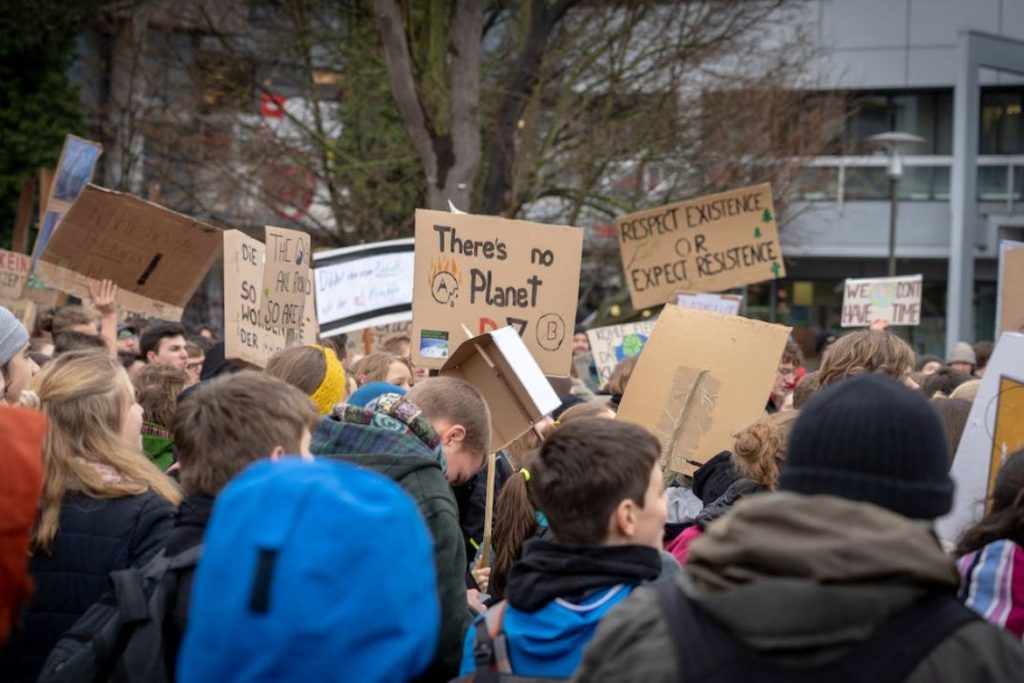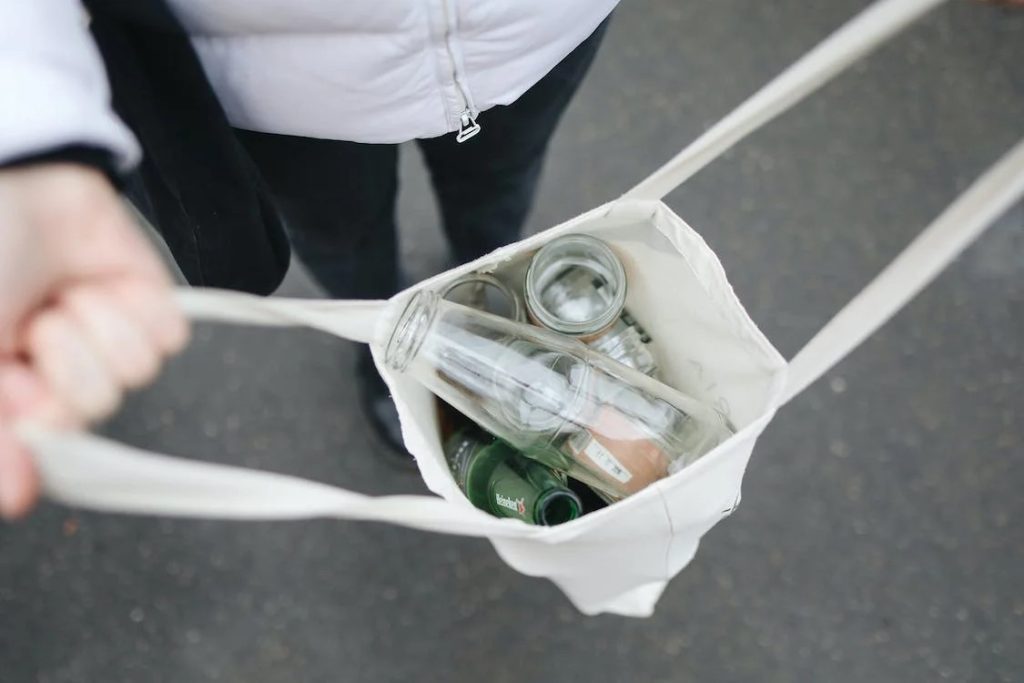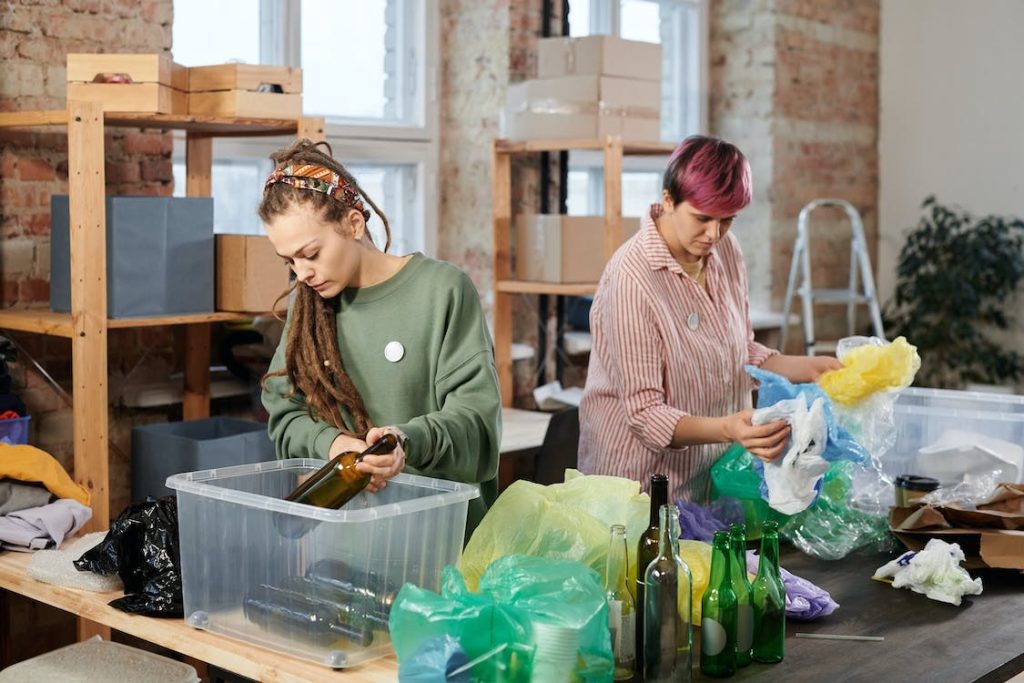Faced with increased pressure to contribute to the country’s nationwide sustainable movement, the city of Parramatta has also made a name for itself in combatting waste pollution by developing ambitious targets to guide the course of its sustainable journey. They have been consistent in delivering commendable progress in the environmental strategy, as they focus on four key aspects.
Ultimately, these four aspects encompass all key areas of involvement that not only hold the authorities accountable but also prompt community involvement to be successful. Essentially, they aim to create more green spaces at the heart of the city, improve their infrastructures to become resilient to natural disasters, harness more renewable resources as alternative solutions, employ sustainable practices in waste management, and provide more opportunities for the general community to learn and contribute to the overall goals.
You might also find more helpful information on their website: cityofparramatta.
As with most, if not all, human endeavors, plans rarely unfold seamlessly. Unexpected hiccups and setbacks are an inherent part of the journey. Sometimes, the government can get consumed by pressing daily matters or emergencies and get sidetracked. People can slack on some seemingly non-urgent matters, such as segregating their waste before collection. Just this year, three rubbish trucks caught fire due to mishandling of e-waste and hazardous materials as they were mixed with ordinary household wastes.
The key lies not in avoiding these obstacles but embracing them as opportunities for growth and learning. The problem of waste management poses the greatest threat to the sustainability movement due to its limited capability to be regulated at the household level. However, it is not without hope, as the city of Parramatta has set forth comprehensive waste reduction targets in the following years as an answer to the growing disposal problem.
Table of Contents
Recent Advancements and Milestones

Solid waste management is definitely not an afterthought for the city of Parramatta. The local government recognizes the linear process of consumption and disposal has been the trend among Parramatta residents and cannot stress enough how adverse the impact of this lifestyle is, not just to the waste industry but to the overall green movement. For instance, the city council collected 735 tonnes of solid waste illegally dumped.
Furthermore, this increased production of litter has led to the reliance on landfills becoming infeasible and unhealthy. Thus, reducing the incidence of waste is paramount to easing away the city’s use of unsustainable disposal methods and achieving its goal of diverting from landfills by 85% in 2030.
Thankfully, the council has achieved steady progress in this endeavor, as residents have been given access to proper disposal of hazardous and recyclable materials, such as their Mobile Community Recycling Service, collection stations for batteries, CDs, and mobile phones, as well as drop-off events for e-wastes and chemicals. Furthermore, with community involvement, education drives on waste avoidance and recycling have been dispersed, along with collaboration with local businesses to integrate recycling into their business operations.

The city council has also made progress in supporting innovations and holding trial runs for new products to see how they align with the existing strategies. Many new technologies have been widely explored by other localities and even other nations. As Parramatta stands as a committed steward to the collective effort of reducing human carbon footprint, technology has been a reliable ally in moving things forward.
Technological Advancement for Parramatta Waste Management
Parramatta is not a newbie in harnessing technology in its waste management ventures. They have dispersed effective technology that has helped make significant strides in their disposal targets. Extensive research and development have always been part of their strategy, and incorporating these technological advancements may be the best reinforcement they need to take their noble cause further.
- Smart Waste Monitoring Systems
This technology is installed in rubbish bins to detect fill levels, enabling the city to allocate its collection resources efficiently. Many collection services have already efficiently tailored their collection routes by following specific steps at ridlyrubbishremoval.com.au. With smart monitoring systems as a reinforcement, they can cut operational costs, minimize fuel emissions, and improve their overall environmental impact.
Additionally, with the city’s problem with illegal dumping, these innovative waste monitoring systems can be designed with CCTVs or video functions to raise more surveillance in the bins’ vicinity and promptly alert authorities or precisely monitor ill-intentioned citizens.
- Solar-Powered Trash Compactors
To further reinforce rubbish trucks’ improved environmental footprint, they can limit collection schedules by employing solar-powered trash compactors in rubbish bins. This advancement can compress junk as it accumulates in the container, significantly increasing its capacity, as it can hold up to five times more trash than the traditional waste bins.
On the other hand, this also calls for more responsible dumping from the community, as compactors may trigger electronics as they compress. Illegal dumping of e-waste in these bins can trigger bigger explosions, posing significant threats to people nearby. On a lighter note, when used properly, this is an efficient safeguard to ensure that no unsightly overflowing dumpsters are lying around the city property, contributing to more pollution and health hazards.
- Advanced Sorting Processes
Automated sorting technologies are equipped with optical sensors and advanced robotics. They enable precise waste segregation, as their keen sensors accurately distinguish various materials. This results in more resources being recovered from the waste streams while reducing contamination. This efficient recycling has sourced raw materials of higher quality from the salvaged parts, contributing to a more thriving circular economy.
Advanced sorting can also address residents’ tendency to rush through their segregation process, mixing hazardous contaminants with ordinary wastes. A properly segregated rubbish ensures safety with the collection crew and the entire waste management team, all the way to recycling facilities.

- Smart E-Waste Kiosks
The safest way to discourage people from dumping their electronics along with their household wastes is to entice them with a new technology for collection. Currently, most e-waste is still being disposed of in landfills, which poses a great hazard to the local ecosystem and human health should any in-device substances leak out. The only solution to this type of junk is to repair them or, in worse-case scenarios, salvage their parts for reproduction.
E-waste kiosks can provide a safer and easier way for residents to dispose of unwanted electronics. The key is to place them in strategic locations that may not be too far from residential areas but at the same time have a lot of foot traffic to be accessible. More advanced kiosks even offer monetary incentives in exchange for these electronics, depending on their usability.
- Green Energy Initiatives
Renewable energy plays a significant role in Parramatta’s sustainable future. There has been a great interest in utilizing solar PV systems to power households and government facilities. A great example is the newly built PHIVE, a 21st-century smart building with solar collectors as a roof to generate power, heat, and hot water. The building stands as an iconic testament to sustainability, meticulously designed to achieve a coveted 6-star Green Star Design rating from the Green Building Council of Australia.
On the other hand, Parramatta can take more steps forward in renewable energy by taking on waste-to-energy projects. This essentially solves their problems of disposing of organic waste and turning it into something more practical, such as biogas, which can be a practical alternative to the traditional fossil fuels.
Current Challenges and Proposed Solutions in Smart Waste Management Adoption

While technological developments and innovations are always promising, challenges often impede the city’s ability to assess these technologies’ feasibility in their unique waste management needs.
- Infrastructure Constraints
Waste facilities are paramount to the responsible handling of all types of waste. Parramatta is predominantly residential, which means that the city has limited space for facilities that handle hazardous materials. As the city progresses and the population grows, space has become a premium commodity.
The solutions lie in innovative compact technologies, including vertical storage units or advanced compactors, that reinforce efficient management of waste within limited spaces. The council may need to develop strategic plans for infrastructure expansion in terms of designing flexible and adaptable equipment that can operate optimally within spatial limitations.
- Cost of Technological Adoption
Ironically, and unfortunately, sustainability is not cheap. The implementation of cutting-edge waste management technologies comes with substantial upfront investments. Switching to these promising innovations may require more funding, raising financial strain on the city’s current budget.
The popular solution to these monetary constraints is public-private partnerships, where private investors may contribute to technology adoption in exchange for operational benefits or long-term sustainability incentives. Government grants and incentives can also be a favorable option, as research and development of the new technology can be tailored to the city’s specific needs. Hence, it aligns with their long-term environmental health plan.
- Community Engagement and Education
As an existing part of the city’s strategy, community engagement remains a challenge for some groups. Resistance to change often presents a formidable hurdle and a heavy burden for the local authorities to overcome. An uncooperative community may result in a financial waste of these significant investments and, worse, turn to more derogatory waste management practices.
The city may need to bolster its educational campaigns to raise awareness about the crucial roles these new additions will play in its sustainable initiatives. Collaborations with local schools, community centers, and civic organizations can facilitate educational workshops, seminars, and interactive sessions to educate residents on the benefits of these new technologies on proper waste management.